After paragliding nine days straight we decided to take a day off and go to the zoo. The Santa Barbara Zoo is known as one of the best small zoos in America. It is quite spacious, set in nice gardens. The trees provide welcome shade on a hot day. On a weekday morning it was thankfully fairly quiet. The only negative factor was that the glass walls seemed dirtier than normal. I realize not everyone is trying to take photographs, but presumably everyone is trying to see the animals.
One of the animals you won't see too many places are the California condors. Like the smaller turkey vultures, they are not the prettiest birds, but still impressive creatures. We saw condors flying in the wild in the Colca Canyon in Peru - amazing.
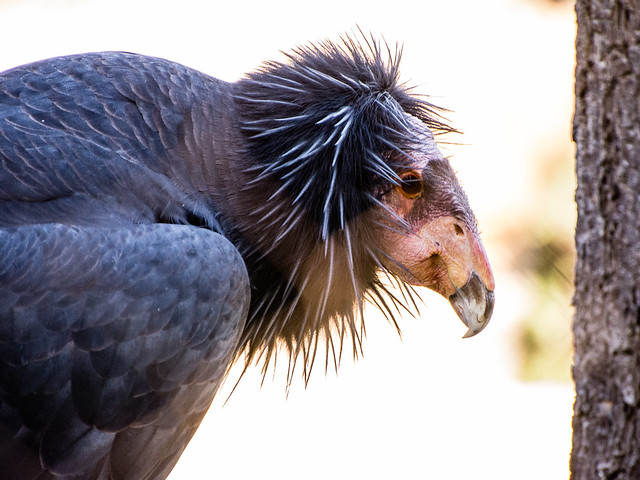
Of course, I'm just as happy to see and photograph the unofficial residents.
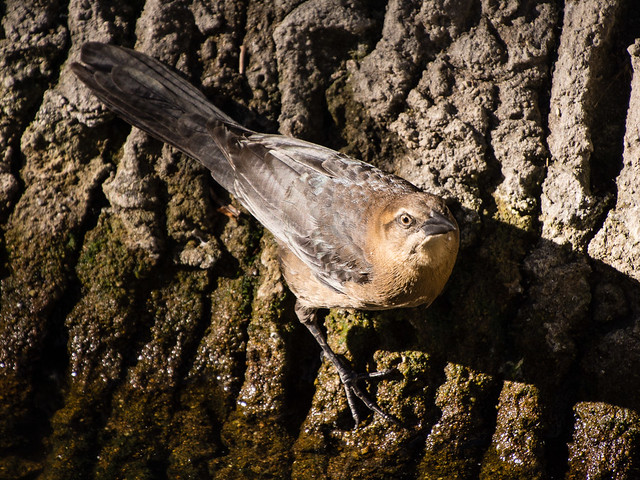
The snow leopard was busy sleeping. Their paws are huge!
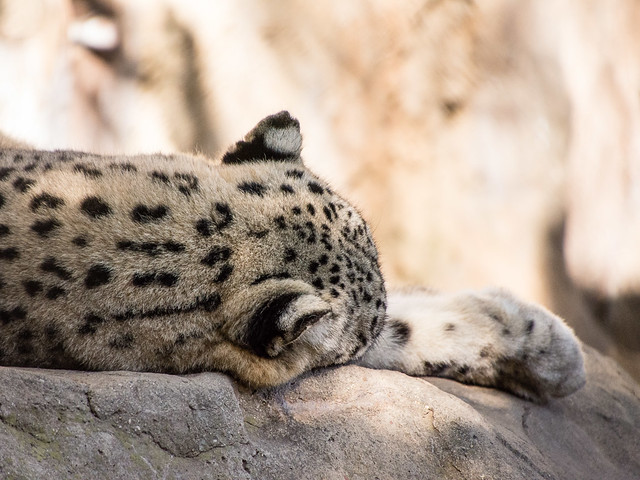
This duck was splashing up a storm having a bath.
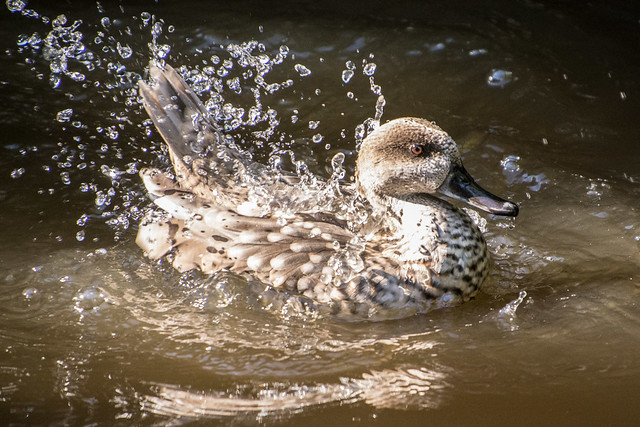
The leopard was staring intently at something. (This was through especially dirty glass, but came out well.)

It's always fun to see the flamingoes and the strange positions they sleep in.
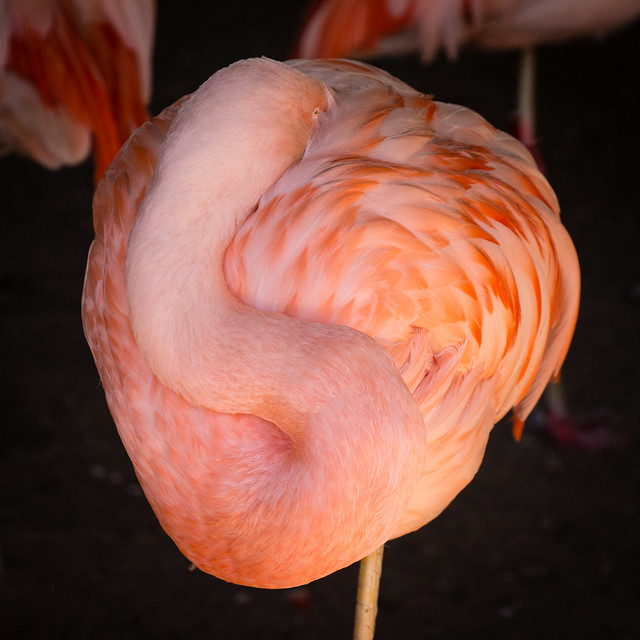
I like the wrinkled, textured skin of the american alligator.
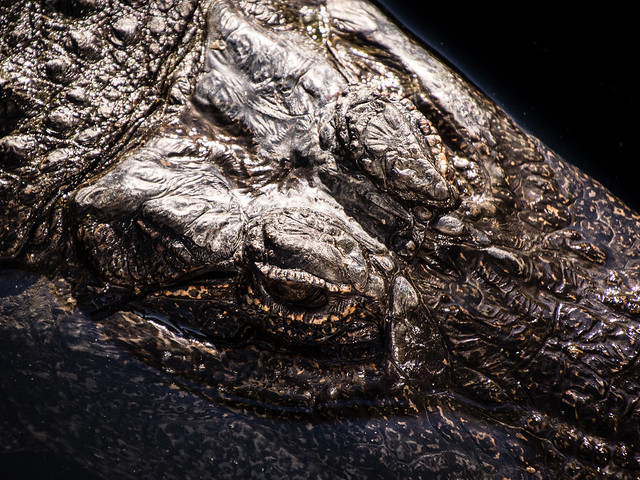
These little birds (wild) were feeding on grass seed. I haven't had time to look them up - anyone know what they are?
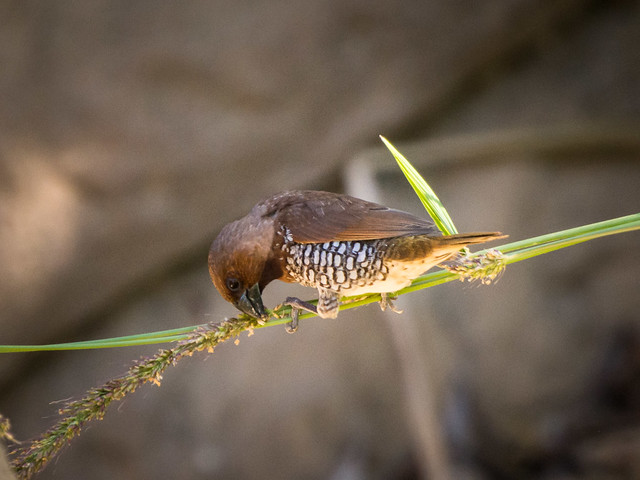
The toucans have such outrageous beaks!
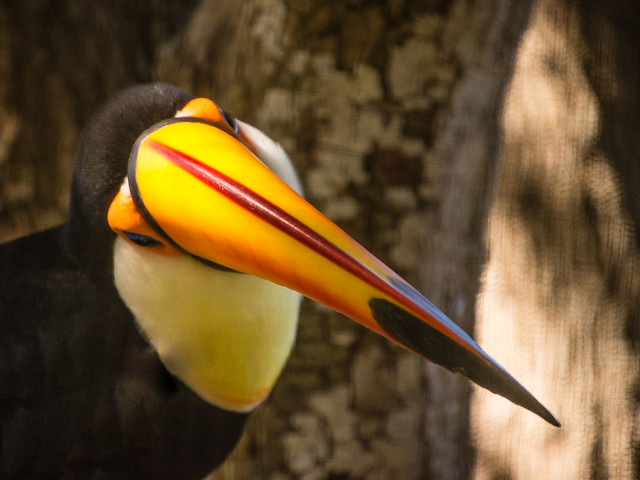
This snake looks like it's attacking but it was actually just "yawning".
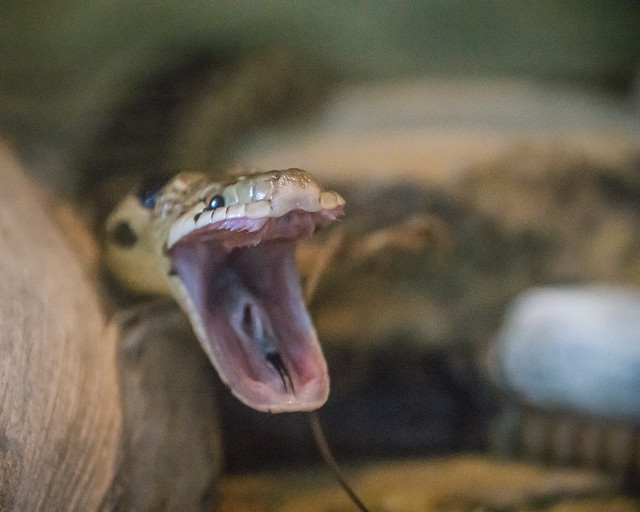
Another of the condors, with a face only a mother could love.

The fennec foxes are much cuter.
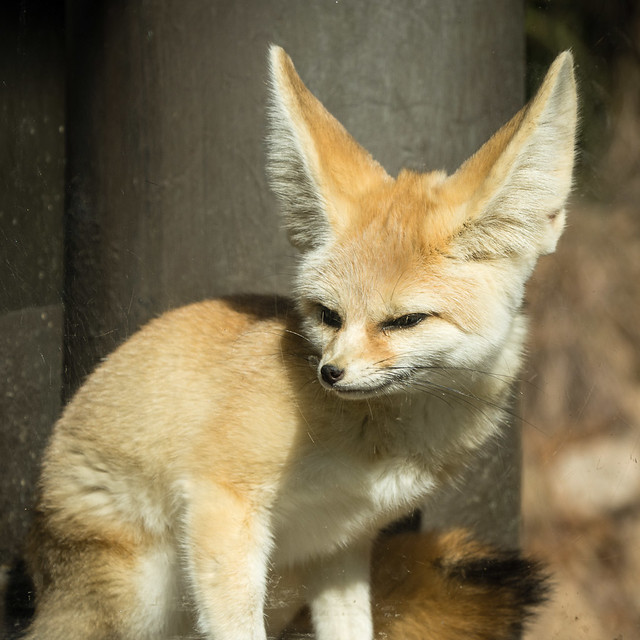
See all 48 photos as a slideshow or overview
Tips for photographing at zoos:
One of the animals you won't see too many places are the California condors. Like the smaller turkey vultures, they are not the prettiest birds, but still impressive creatures. We saw condors flying in the wild in the Colca Canyon in Peru - amazing.

Of course, I'm just as happy to see and photograph the unofficial residents.

The snow leopard was busy sleeping. Their paws are huge!

This duck was splashing up a storm having a bath.

The leopard was staring intently at something. (This was through especially dirty glass, but came out well.)

It's always fun to see the flamingoes and the strange positions they sleep in.

I like the wrinkled, textured skin of the american alligator.

These little birds (wild) were feeding on grass seed. I haven't had time to look them up - anyone know what they are?

The toucans have such outrageous beaks!

This snake looks like it's attacking but it was actually just "yawning".

Another of the condors, with a face only a mother could love.

The fennec foxes are much cuter.

See all 48 photos as a slideshow or overview
Tips for photographing at zoos:
- If your camera allows it, use a larger aperture (i.e. smaller f stop). However, be aware this will make the depth of focus smaller and therefore trickier to get right. (But also puts the background out of focus which is often good.)
- If your camera allows it, set it to focus on the center spot, rather than automatically picking what to focus on. If what you want to focus on isn't in the center, lock the focus by half pressing the shutter .
- A decent telephoto lens helps to get closeups when the animals are farther away. (My all purpose travel lens is 18-300mm - effectively 27-450 with 1.5x crop factor)
- Get the camera close to the glass or fence. Try to aim though the gaps in the fence or through clearer spots in the glass. Watch out for reflections in the glass. A polarizer filter can help cut down reflections but I generally get by without one by being careful about position and angle.
- A camera with a bigger sensor (e.g. a DSLR) will generally have better low light (high ISO) performance which is a big factor for dim indoor exhibits.
- Patience helps - waiting for the crowd of school kids to finish smearing greasy palm prints on the glass, or for the animal to move or turn it's head, or come out into the better light.
- As usual, watch out for the background. Often moving the camera will mean a less distracting background.
- As usual, shoot lots, especially if the animal is moving. Try different angles and positions.
- As usual, shooting raw and post-processing with something like Lightroom helps a lot. The new "dehaze" feature of Lightroom is useful for shots through dirty glass. Indoor shots usually need the white balance adjusted, which is harder to do if you just shoot jpegs. Even if you're not shooting raw, post processing can still help.
Wonderful photos once again, Andrew. I have only seen condors in AZ - underneath the Navajo Bridge that crosses the Colorado on Rte 89. Truly amazing - just like your photos. I am really enjoying reading your blog.
ReplyDelete